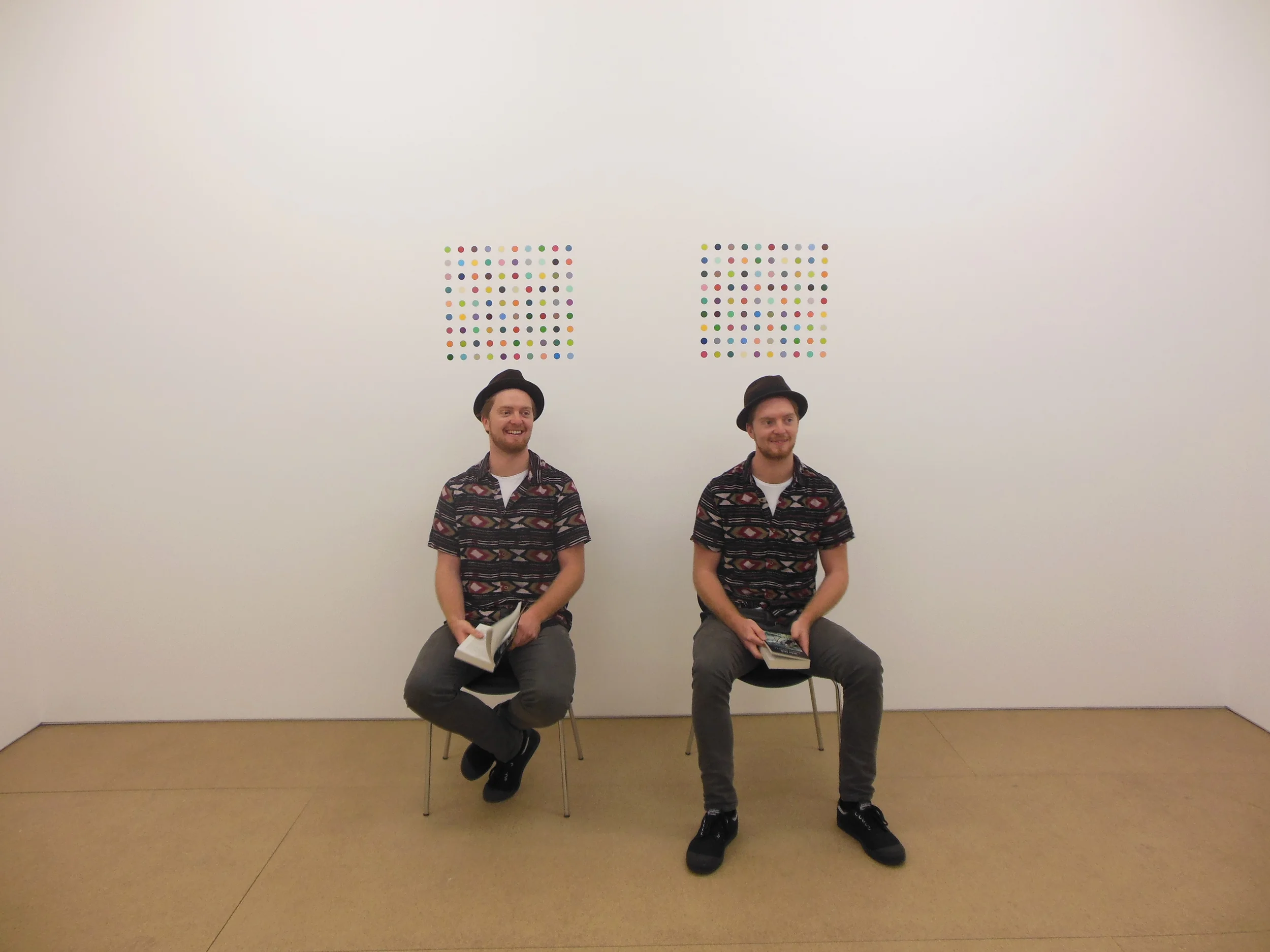In 2013, artist Urs Fischer and 1,500 volunteers transformed mounds of clay into barely-finished sculptures on-site at Los Angeles’ Geffen Contemporary Gallery. The sculptures were crafted from ‘professionals, amateurs, friends and strangers’ over the course of hours by some, and quickness by others.
April 2014 sees two new exhibitions by the artist that relate directly to ‘YES’.
The first takes place in Gagosian Gallery’s new space, Park & 75, at 821 Park Avenue at 75th Street, a storefront gallery of approximately 1,000 square feet. The gallery contains a single 25-foot long sculpture last supper cast in bronze from the original unfired clay composition that first appeared as a central element of ‘YES’.
Fischer has mainly selected those sculptures at ‘YES’ that he initiated before leaving open to his collaborators to finish as they desired.
Subjects include: an armchair, a big foot, a fireplace, some columns, a bust of Napoleon, a Louis XIV chair, a mermaid, a depiction of sleep, a man copulating with a pig, a man and woman embracing, a hat on rocks, a man in a boat, a faceless cat, a pile, a Pièta, a lion in chains, and so on
Like dreams, these works have no logical relation other than Fischer's affection for them, a "chaotic little non-family of things”.
The downtown show, ‘mermaid / pig / bro w/ hat’ runs from April 3 – May 2014. The uptown show ‘last supper’ runs from April 3 – May 8 2014.













































